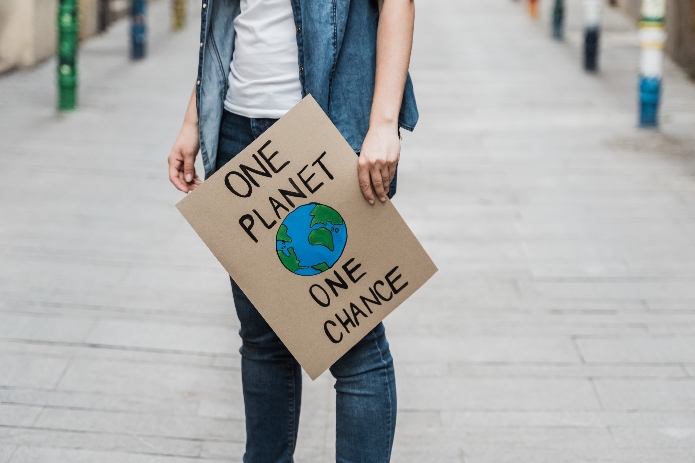Environmental Education as an Investment in the Future

Discussions surrounding climate change all too often bring out controversial opinions and parties who are reluctant to agree on potential solutions. Despite the back and forth between certain groups, the consensus among the scientific community is sure of two things; human-made climate change is real, and we have to act now to avoid a major catastrophe in the coming decades. Not only must we act now, but our attempts to tackle environmental issues must be substantial and likely disruptive to our way of life.
However, while urgent action is undoubtedly needed to improve the environment, climate change is not a problem that can be “solved” on the timelines of a single generation. The role of our descendants cannot be overlooked, which brings the importance of environmental education classroom into the equation. If we are to avoid the perils of human-made climate change, the role of education in environmental awareness will be an important tool in the continuing battle against this existential threat.
Green Education
Education has long been a basic right in many parts of the world, and the systems put in place to deliver that education can be used for teaching about environmental issues. After all, education is meant to prepare children for life as an adult, and the more we learn about climate change, the more it seems like few things are as pressing when it comes to the children of today.
A strong environmental education will ensure that children grow up aware of the risks they face, the causes of those risks, and what they can do to help the overall goal of averting a climate crisis in the near or distant future. This is where the concept of the green school comes in.
What are Green Schools?
A green school is a school that supports the tenets of global sustainability at all levels, from the way the school operates to the learning opportunities it provides for its students. Green schools place the future of our planet and the people and animals on it in the foundations of the learning experience they provide, designing learning experiences for its students that will prepare them for a time when they will have to lead the world in the fight to prevent a climate crisis.
Of course, intentions are only a small part of the solution; there needs to be solid strategies and policies in place to ensure a green school succeeds at its goals. This can be tricky to gauge when talking about the long-term goals of environmental education and conservation, but not every aspect of a green school needs to be judged over lengthy timeframes. For example, the success of a green school in reducing its own environmental impact can be judged in real-time.
Environmental Impact
Reducing the environmental impact of educational settings is a fundamental aspect of green education, as children are typically very attuned to hypocrisy and will respond poorly to being told they should act a certain way when the authority figures around them are not doing so.
Cutting energy usage in buildings, reducing water usage, cutting down on the types of waste that end up in landfills, and even things like a more efficient use of transportation all contribute to making the educational outfit more environmentally friendly. This allows the school to lead by example when providing educational environment examples.
Environmental Literacy
Being an educational institution, the main tool a green school will have is, of course, the knowledge imparted to the students who study there. Teaching students about sustainability and the consequences of not striving to improve the way we treat the planet will increase the chances of those students being more sustainable in their everyday lives just as a matter of habit rather than something they have to consciously think about.
Furthermore, teaching students good environmental literacy lays the foundation for further improvement going forward. Not only will those students go on to improve the situation with the environment, but they will also create a world in which sustainability is the norm, making it harder for others to see unsustainable behaviours as an option.
Well-being
The well-being of the students and teachers in a green school should not be overlooked when assessing the goals of a green school. Many aspects of working and learning indoors can have a negative impact on the health of those affected, such as a lack of sunlight exposure affecting hormone production or a lack of access to clean and safe drinking water resulting in students not drinking enough water. Crucially, many of the negative aspects of things like a student’s diet have been shown to have a negative impact on learning, which goes against the goal of teaching these students about sustainability.
Final Thoughts
Human beings typically struggle to think on timescales larger than a typical human lifetime, a problem that is exacerbated by the extremely short election cycles that politicians typically work to. Climate change and the potential devastation it can bring if we don’t act needs to be a problem that transcends our relatively short attention spans, and the key to solving this problem in the long term is with the education provided today.
